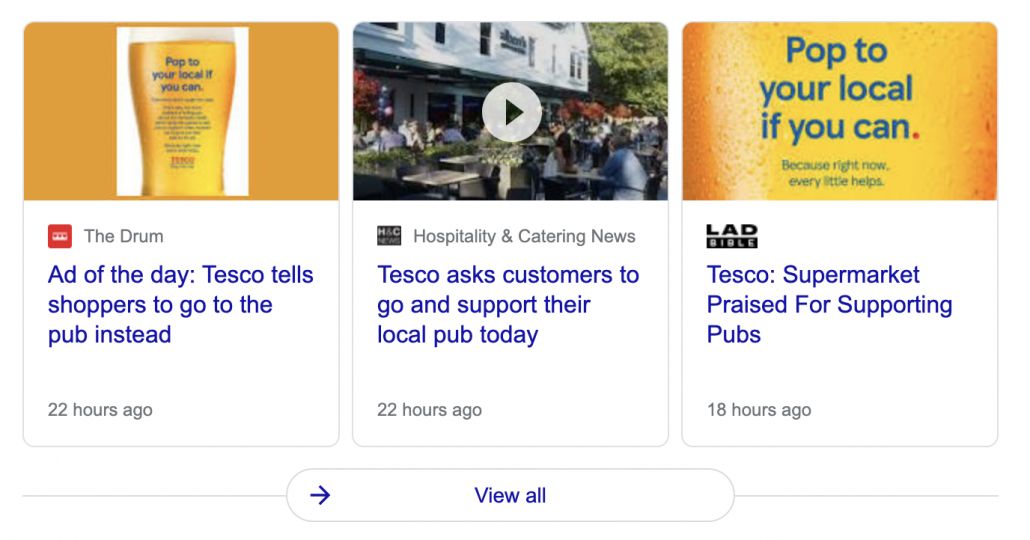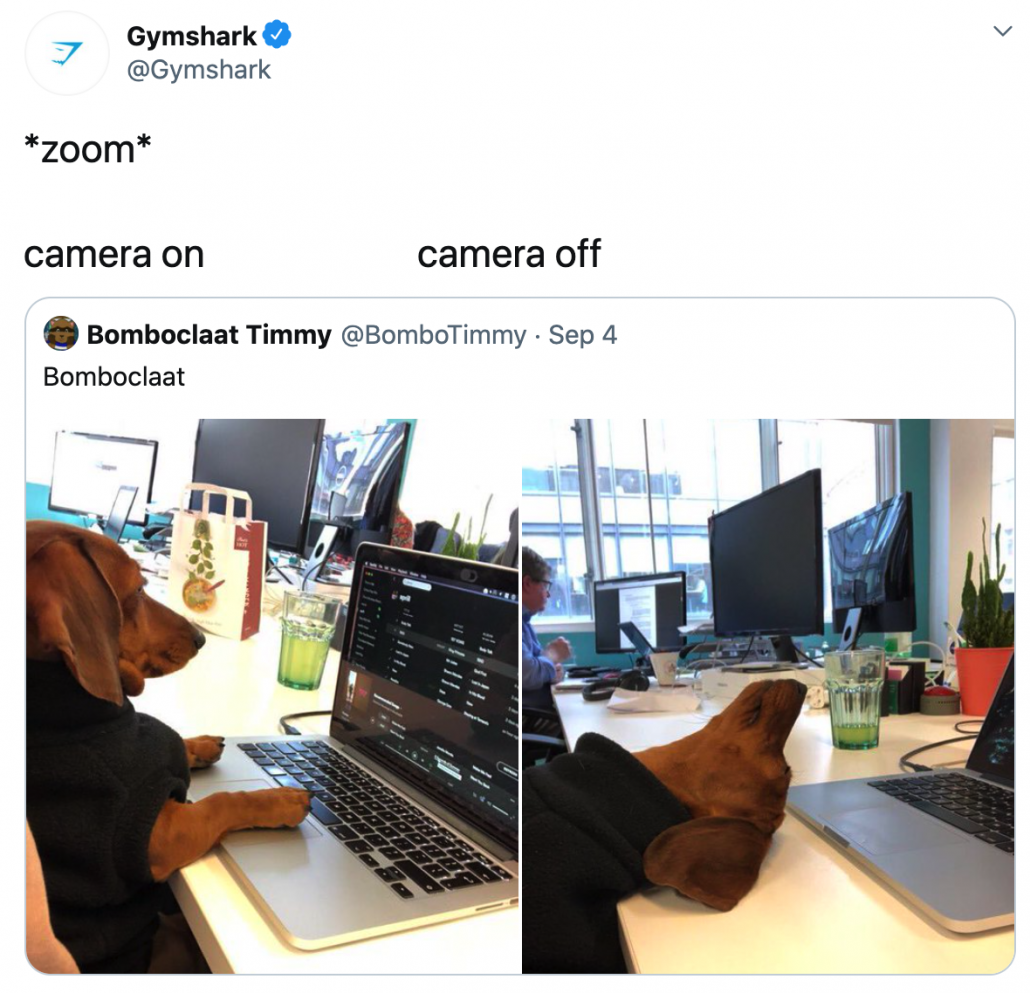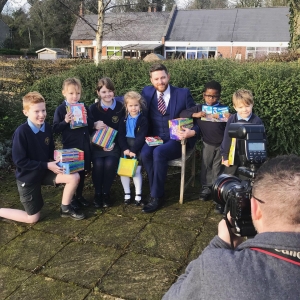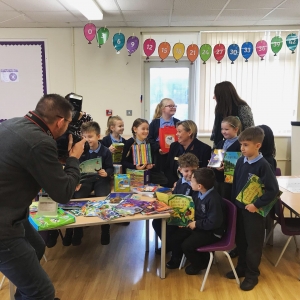A Summer Of Sport & PR Disasters
It’s been a fantastic summer of sport with the Olympics, Euros and a Lions series in South Africa, let alone all the smaller sporting occasions that take place every week across the country. All have been achieved despite the global restrictions and regulations in place to tackle the Covid-19 pandemic.
It’s been an amazing feat of organisation and also a welcome opportunity for brands to leverage sponsorships and get their products in front of a pent-up audience looking to spend their cash that’s been accumulated in lockdown.
However, it seems that for many, the promise of PR gold did not quite materialise and in many cases, PR disasters were never far from the surface.
The Coca Cola x UEFA Blunder
Let’s start with Coca Cola multi-million pound sponsorship of the UEFA European Championship. On one hand, this could have been a fantastic opportunity to promote the brand to a young, vibrant and global audience. However, it ended up being a complete disaster when the tournament’s leading star Cristiano Ronaldo moved two promotional bottles away from the cameras at Portugal’s pre-match press conference, urging viewers to drink water instead. The action led to Coca Cola’s share price dropping by 1.6 per cent and $4bn being knocked off the company’s share price. Though rectified in future conferences, the debacle made headlines all over the world, and it’s fair to say that in this instance – the publicity isn’t exactly what Coca Cola were looking for.
Toyota Throws Its Money Down The Drain
When it comes to the Olympics, title sponsor Toyota won gold when it comes to PR disasters after the company decided not to air any of its advertisements that associated the brand with the games, for fear of a backlash by concerned customers who did not want the games to go ahead due to the fear of spreading Covid.
Not only did Toyota pull its adverts, but the sponsor was also banned from the opening ceremony and opted not to attend the games in any way. This all comes despite Toyota becoming the first car company to ever sign up as a worldwide Olympic sponsor in 2015 in, an eight-year deal reportedly worth nearly $1bn.
Toyota Chief Communications Officer Jun Nagata said: “There are many issues with these Games that are proving difficult to be understood.” It seems a bit late in the day for such comments.
Vodafone Falls Short Of Positive PR
Finally, as a rugby fan, I should also mention the Lions rugby series in South Africa. An occasion that only comes up every 4 years and every 12 years in South Africa. The on field scraps and poor criticisms of the referees have left a bitter feeling towards the event with many feeling that the occasion is heading towards its sell by date.
Although title sponsor Vodafone did well in engaging with fans at home, for its estimated £6.5m sponsorship fee, the company was unable to capitalise on an event that is typically enjoyed by thousands of travelling fans. The games had to take place behind closed doors and the opportunities brands had to associate themselves with positive PR projects in the host country were dramatically reduced (despite an 1800% increase in the sponsorship cost they incurred when compared to their initial sponsorship in 1997).
In previous years, we’ve seen support in townships and deprived areas of the country which allowed for the brand to build its image and illustrate its CSR credentials. This time around, players were sadly required to lock themselves in isolation bubbles in some of the country’s finest hotels.
The Risk & Reward Of Big Brand Sponsorships
So what’s the answer? For me, there seems a growing disconnect between the cost / benefit to supporting such occasions. There’s also a growing potential for a PR disaster if a star snubs your product or the public turn against the event that you have spent millions of pounds supporting and associating yourself with.
From a public relations perspective, winning hearts and minds is most important. So, before entering the agreements, consider the ‘what ifs’ and have plans in place to mitigate the issues or crisis communication challenges should they emerge.
The real opportunity comes from leveraging the sponsorship through campaigns and initiatives within the target communities. Of all the marketing mediums, PR is best placed to build relationships with consumers and to help brands share their values through engaging and meaningful communications.
So for a marketing gold medal, talk to us and let us devise a PR campaign that is effective and engaging – rather than spending thousands on product placement or relatively worthless brand associations.










